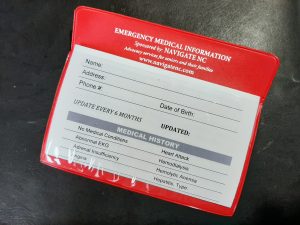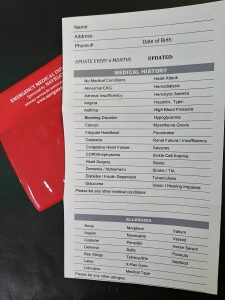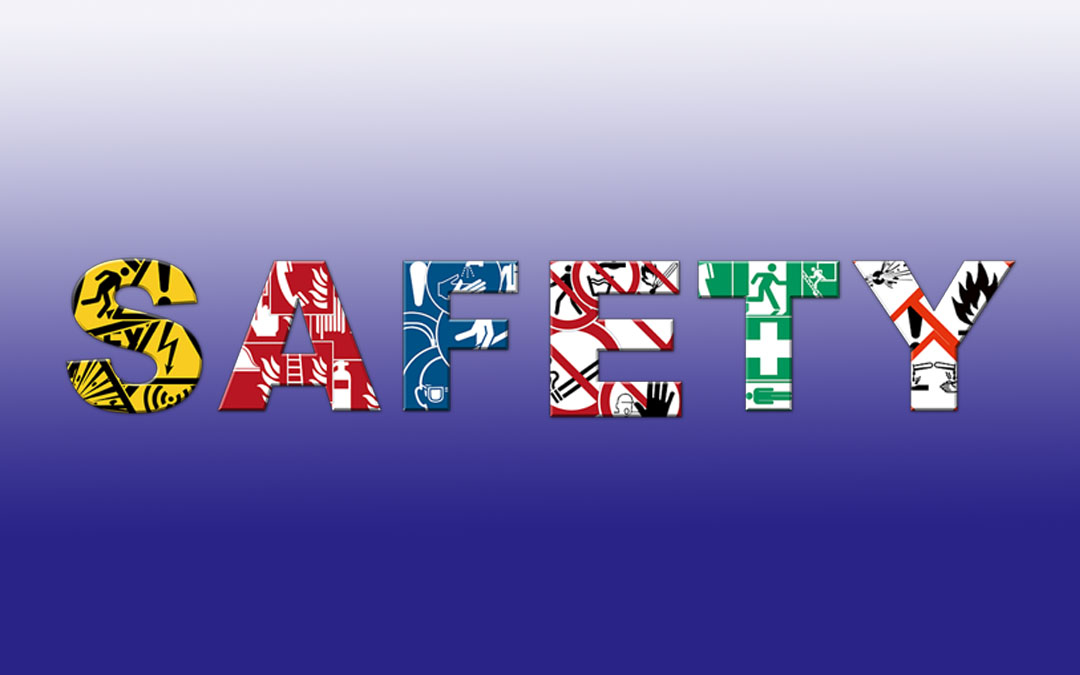There was no avoiding emergency preparedness in my family. I come from a family of planners. Raised by a former Marine/Human Resources/Hazmat Program Manager and a household Money Maven/Girl Scout Troop Leader/Corporate Financial Controller, well, I didn’t stand a chance! Planning and avoidance of disaster was serious stuff to us as kids. We were well prepared to spot and handle, to drop and roll with the punches of life.
I remember solemn family times spent learning home fire safety. My father took the lead to instruct us in reaction to a fire in the home. We held family fire drills. Living in homes that were two-story structures or on sloping geography that might make emergency exits daunting my parents walked us kids through what to do. This meant stopping to feel the door for heat, or placing something beneath the door to stop smoke. Should anything go wrong we had a plan, an exit from the places where each of us slept, and we knew the designated meeting place outside where we’d congregate after any evacuation. Smoke detectors? You bet, batteries tested and regularly changed.
We kids saw our parents assemble and place kits in the car, ready for first aid or emergencies or snowstorms. We had a list of phone numbers on the wall, beside a landline phone. I’m pretty sure that my grandparents were provided with one, too. “Phone trees” were big back then, a response to something happening or as folks banded together in the care of a neighbor or to help a friend in need.
Nowadays as a Patient Advocate I consult with clients regarding safety in their homes. It’s a big topic as many of them age or experience mobility challenges. To keep things simple I like to communicate in ways that are easily understood. I rely on my early training to produce ideas that are easy to incorporate into daily living.
A couple of years into ownership of my agency NAVIGATE NC I was intent upon combining our “expo swag” with something useful for a giveaway or leave-behind item. We had some magnetic pouches made up that held a folded list of important and emergency information. That pouch served as a conversation piece as it was proudly displayed on refrigerators and it made for some advertising also.

Those pouches were popular, some are in use today I’m told, but our product had a design fault that we have to work against even today: lists are only good as the information on them, in other words, it may require updating.
Still, the I.C.E. – IN CASE OF EMERGENCY LIST idea is more than good intent. Lists like these save lives. Just as important they inspire conversations, thought, planning, and care. We’ve found it to be a useful tool (as we love to say) to again “HAVE THE CONVERSATION”.
With that, here in 2021, we offer a Free Download of such a list, our I.C.E. (In Case of Emergency) List.
This list is for my clients, for their families and or chosen family, and for any professional that may wish to share with their own clientele. This list is good for everybody, and that includes you.
As you review the following list you’ll no doubt see how this can fit into your personal or professional life. You’ll want to download it now.
This is an excellent Talking Tool when you are in conversation with a member of your family, loved ones, roommates, friends, or even your clients as you work to strengthen their home safety measures.
Designate one spot for this list. While you’re at it, while you’re chatting with your loved ones, also chat about where the important documents are kept. The “Top Drawer Technique” comes to mind. A friend of mine tells a story about her family agreeing that if anything important-looking arrived in the mail to place it inside the top drawer of the file cabinet. From time to time they go through it and pay bills or organize legal, financial, and insurance papers, all in one spot. Were they to need important papers – go to the Top Drawer.

When vital information is needed, In Case of an Emergency, you’ll have yours at the ready. Keep it updated, this is a tool to serve you.
No household can go wrong by having a little emergency preparation. Keep track of your medical information, emergency contacts, conditions, medications and more with your I.C.E. – IN CASE OF EMERGENCY LIST.
It can be for you or someone you love. You might share your download link with a neighbor or provide them with a copy to use for themselves. Use in conjunction with medical identification bracelets or medical alert necklaces, charms or tags. There are so many ways to use it. Here are a few, and we bet you will come up with more.
I.C.E. – IN CASE OF EMERGENCY LIST
- For teachers and school records
- Automobile glove box
- By the phone (Think “theirs” -and- yours!)
- For a car seat
- For a daycare center, daycare drop off parcels
- Kids sports/athletics – minor child medical form
- Cafeteria and dining staff (food allergies)
- As wallet ID cards if you were in an accident
- In your household organization binder
- Purses, backpacks, wallets
- In your “Top Drawer” or where essential papers are kept
- Designated spot among loved ones
- Emergency contact form for nanny, babysitter or daycare
- For caregivers
- Persons in the home during COVID-19
- Give to medical providers and your hospital to scan into their system
- Municipality uses, county employee emergency contact form
- Employer or organizational health nurse
- College infirmary or dormitory residence coordinators
- Camp and extracurricular events form.
- Tattoo release form
- Inside your “GO Bag,” ready for trips to the ER
- Suitcases when traveling
- Scouting and other extracurricular clubs and events
- Legal uses, ex. temporary guardianship
- For use as giveaways at events and conferences
- Neighborhood safety campaigns
- Reference when completing other forms, information at the ready
- Think: anywhere you drop a loved one-off or pick them up
Healthcare professionals can help also. Patients and their loved ones will indeed find a use for the list. Provide copies to your patients and clients. Have a conversation around it and the importance of emergency preparedness. Please ensure all the providers who need it have a copy of this vital information for your client. Have your clients share it with their family and friends (and throw in an extra blank document so they, too, may be prepared).
Enjoy this list for your good health. If you think of other uses, please email me and share (I read every email, know that). When you need vital information at the ready, you’ll be glad you prepared your I.C.E. – IN CASE OF EMERGENCY LIST.
If you were someone you know could benefit from patient advocacy services or consultation relative to your care or that of a loved one please Connect With Us [via NAVIGATE NC or Nancy Ruffner – Better Know Healthcare. Contact Nancy for individual and group coaching, or for your presentation needs via our website or by calling 919.628.4428.

